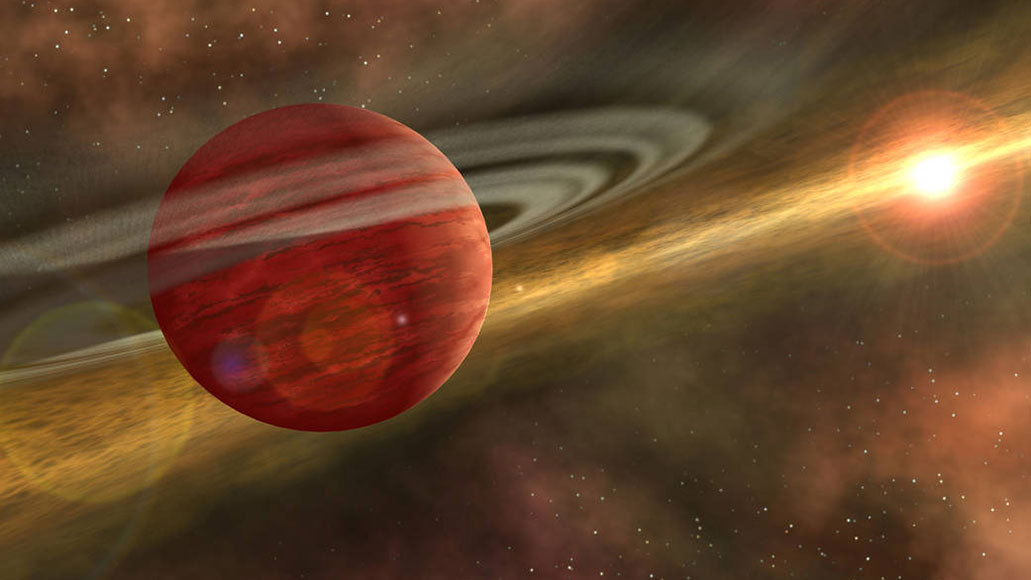Questions for ‘The pebbled path to planets’

Artist and astronomer Robert Hurt at Caltech created this illustration of a possible newfound planet near the star CoKu Tau 4. It’s forming in a clearing in the star's dusty, planet-forming disc. The possible planet could be at least as big as Jupiter, and may look like the giant planets in our solar system when they were young.
R. Hurt (SSC-Caltech)/JPL-Caltech/NASA